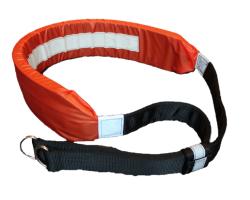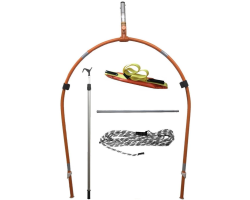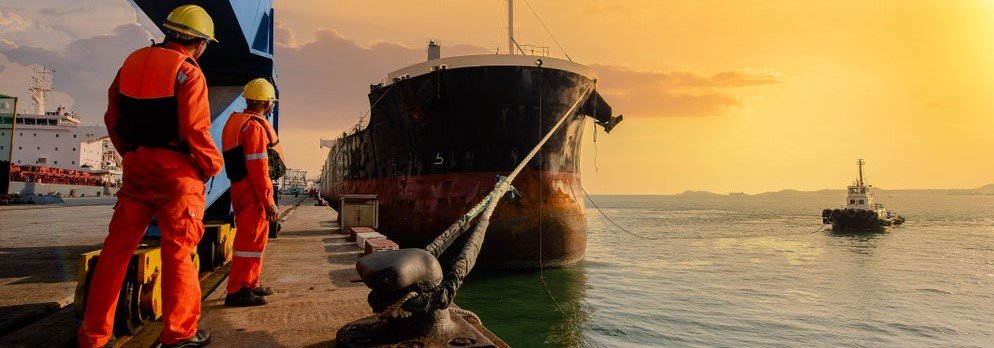COLREG 2003 Edition
The Convention on the International Regulations for Preventing Collisions at Sea, 1972 (COLREGS). Accepted by many States since adoption in 1972. Entereing into force - July 1977. This publication contains the fully consolidated text of the 1972 Convention.
COLREG 2003 EDITION
The Convention on the International Regulations for Preventing Collisions at Sea (COLREG), 1972 has been accepted by many States since it was adopted in 1972 and entered into force in July 1977. It was amended in 1981, 1987, 1989, 1993 and 2001. This publication contains the fully consolidated text of the 1972 Convention. It supersedes the 2002 consolidated edition.
Price: £10.00
Contact Us
Need any help? Get in touch with an expert via the contact form below.





 Worldwide shipping on all orders
Worldwide shipping on all orders Pro-Formas
Pro-Formas Trade Terms Available
Trade Terms Available








